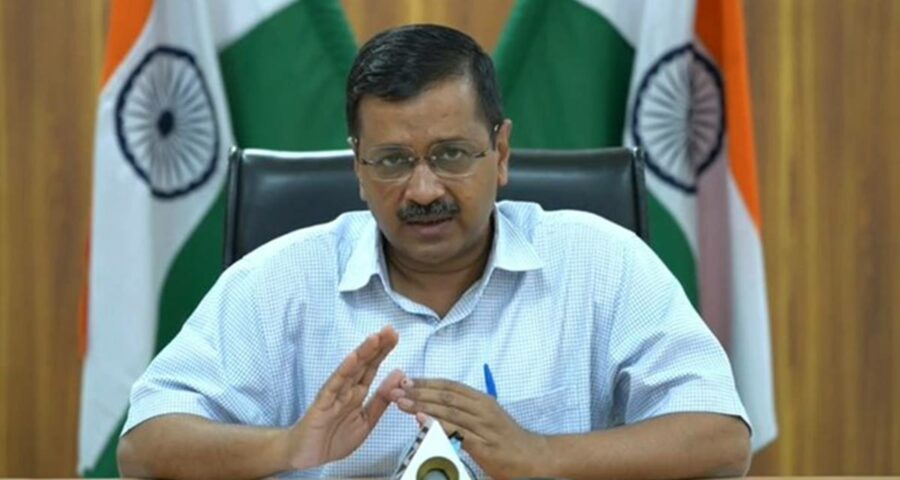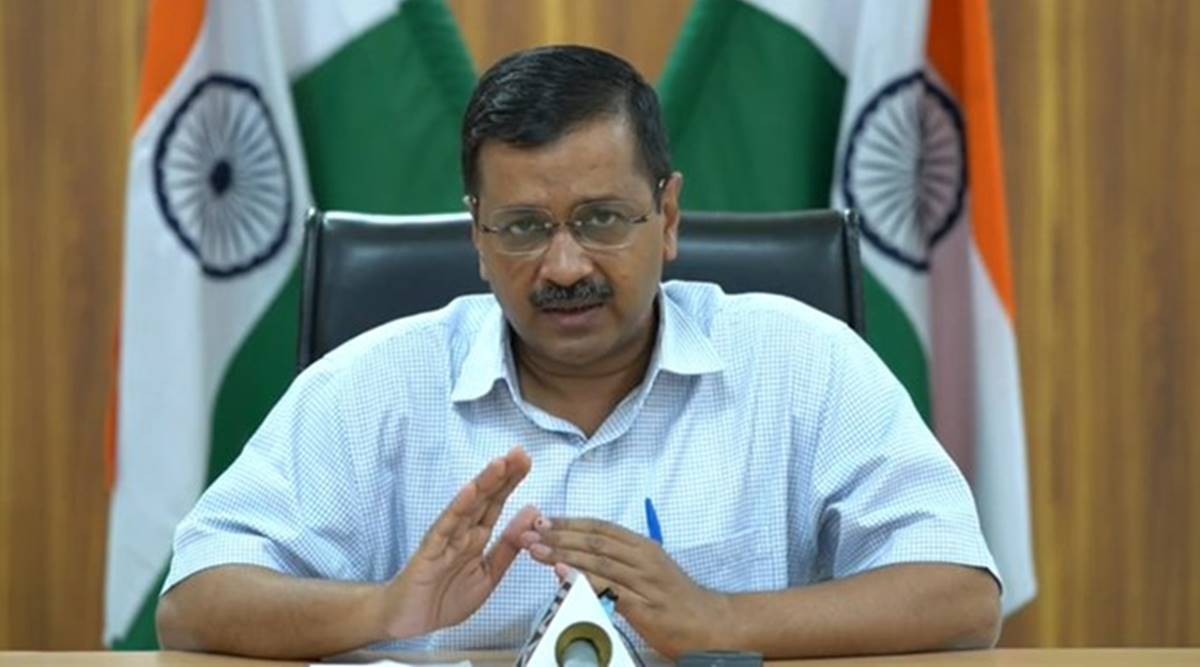Apar Gupta and Anushka Jain write: Rather than deterring crime, surveillance project compromises women’s safety and liberties of all citizens, is fiscally imprudent.
Last week, the Delhi government celebrated an act of mass surveillance, issuing a self-congratulatory press release, as reported in ‘Delhi ahead of NY, London in terms of CCTV cameras installed per sq. mile’ (IE, August 26). The press release marks the CCTV installation as a competitive metric based on a study by the consumer research website Comparitech. It notes that Delhi has 1,826 CCTVs per square mile, ranking it above 150 global cities. This statistic and the press release are symbolic of the populist messaging that comes at the cost of accountable governance.
Public safety is given as the reason for the mass installation of CCTVs in Delhi. There is little doubt that there is a high incidence of violent crime against women and children. Here, the Delhi government has a limited mandate as the police and law and order fall within the purview of the Union government as per the Supreme Court decision in Government of NCT of Delhi v. Union of India. Working within a restricted jurisdiction, several projects for public safety have been announced by the Delhi government, including CCTV installations.
Are Delhi’s women safe even after being under such high surveillance? No. There are no feasibility reports or any evidence-based research to support such a massive deployment. The metric to be measured is not the CCTV as a physical artefact, but its impact in reducing crime. There exists no public data on how CCTVs contribute to a reduction in violent crimes or make policing more efficient.
It is damning that any correlation between CCTVs and crimes against women points in the opposite direction or towards negligible impact. As per data published by the Delhi Police on August 15, in eight months of the preceding year, there were 5,095 cases of crimes against women compared to 8,106 during the corresponding period in 2021. While this could be because of restrictions on public movement due to the pandemic, the Comparitech study itself notes that “a higher number of cameras just barely correlates with a lower crime index.” Given the dubious utility of CCTVs, it is necessary to reconsider the project expenditure of Rs 1,184.73 crore. This is far from a fixed one-time cost and will include replacement, repairs, maintenance, provision of internet and electricity. As noted in an audit by the CAG, of the 3,870 CCTVs installed by the Delhi Police from 2008 to 2015, feeds are available only for 22-48 per cent.

Surveillance deployment can easily be used by RWA representatives to police the travel, work and social lives of female residents. In a study by Nayantara Ranganathan from the Internet Democracy Project, interviews with female garment workers in Bengaluru revealed that CCTV footage had not helped in even a single case of sexual harassment. On the contrary, such footage was used to identify “troublemakers” to prevent workers from organising and demanding labour protections. These are the harsh consequences of the erosion of privacy as a concept of individual autonomy as articulated by the Supreme Court in the Puttaswamy judgment.
Delhi is not alone in the global surveillance race. Other Indian cities, notably, Chennai (3rd) and Mumbai (18th) also feature in the report. Our nearest national competitor is China which uses digital surveillance for behavioural modification, with each person being assigned a social credit score. We must be cautious and not celebrate the Delhi government’s CCTV programme, which undermines women’s safety, fiscal prudence and civil liberties.
This column first appeared in the print edition on September 4, 2021 under the title ‘Surveillance state’. Gupta is executive director and Jain is an Associate counsel at Internet Freedom Foundation.
Source: Read Full Article


